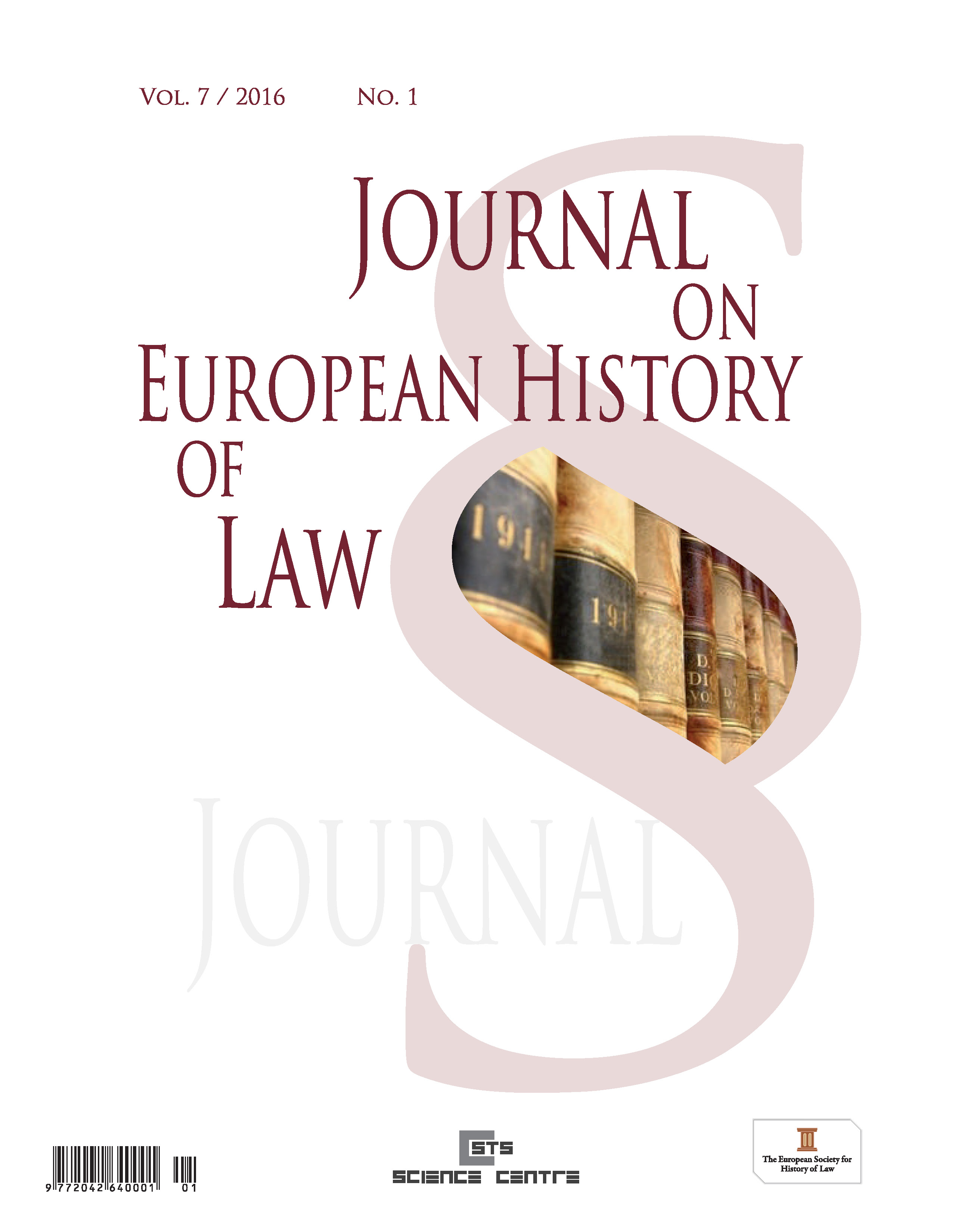Victorian Jury Court Advocacy and Signs of Fundamental Change
Victorian Jury Court Advocacy and Signs of Fundamental Change
Author(s): Andrew WatsonSubject(s): History, Law, Constitution, Jurisprudence
Published by: Evropská společnost pro právní dějiny, z.s.
Keywords: History; Law; Advocacy; Victorian.
Summary/Abstract: Over the last three centuries advocacy in the courts of England and Wales, and other common law countries, has been far from static. In the second half of the 19th century, roughly until the beginning years of the 1880’s, the foremost style of advocacy before juries in English criminal and civil cases was melodramatic, declamatory and lachrymose Aggressive and intimidating cross-examination of witnesses took place, sometimes, unless restrained by judges, descending into bullying. Questions asked often had more to do with a blunderbuss than with a precise forensic weapon. Closing speeches were frequently long and repetitious. Appeals to emotion, and prejudice, usually reaching their peak in the peroration, were often greater than those to reason. The Diety and the Bible were regularly invoked. Vivid and floral language was employed and poetry liberally put to use to awaken generous sympathies. Examples of this style of advocacy, parodied amongst others by Gilbert and Sullivan's in their Trial by jury - a short comic operetta, first staged in 1875, about a trial of an action in the Court of Exchequer for breach of promise to marry, are presented.However signs of change began to appear. Men like Hardinge Giffard, who became Lord Halsbury and Lord Chancellor for a total of eighteen years, John Holker, later to be appointed Attorney General, Charles Russell, a future Lord Chief Justice, and Edward Clarke began to significantly change the style of advocacy. Their approach was quieter, more learned and less inclined towards violent appeals to emotions, use of florid language and quoting widely from popular verse and literature. Less concerned with relying on the tricks of the Victorian stage, they also were developing a more dignified and controlled manner in their conduct towards each other and to witnesses. These barristers tended to select the best arguments from their client's case and to drive them home forcefully to jurors, rather than saturate them with rhetorical elaboration of all conceivable points. They also avoided tiring juries with needless repetition. In the bar’s tradition of copying what appeared to succeed, they began to be emulated by its junior members. Their success may well have been because they recognised that jurors, for a variety of reasons, were becoming better informed and educated and expected more than empty rhetoric, artful bombast, verbal chicanery, dramatic gestures and aggression.At the end of the 19th Century and during the first quarter of the 20th Century the jury advocacy of Rufus Isaacs, Edward Carson, F. E. Smith and Edward Marshall Hall, who frequently opposed each other in greatly publicized cases, was an important influence on other barristers of the period and beyond. In very broad terms, and aware of the limitations of this approach, it might be said that the first three were the descendants in advocacy of Hardinge Giffard, John Holker, Charles Russell and Edward Clarke, but who took the art further - especially in employing conversational language and in carefully planning precise cross-examination rather than making long and emotive closing speeches; the small quiet sniper’s rifle with accurate sights was replacing the loud blunderbuss, often unpredictable in results and dangerous to its user. Marshall Hall’s advocacy, on the other hand, with its blatant appeal to emotion, sometimes sprinkled in tears, fell within the tradition of 19th Century histrionic advocacy.
Journal: Journal on European History of Law
- Issue Year: 7/2016
- Issue No: 1
- Page Range: 36-44
- Page Count: 8
- Language: English

